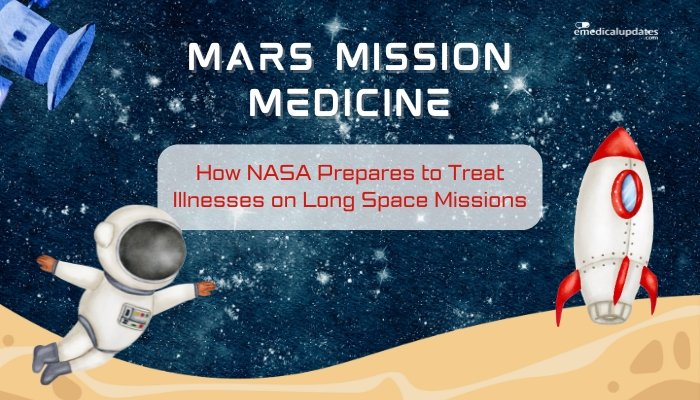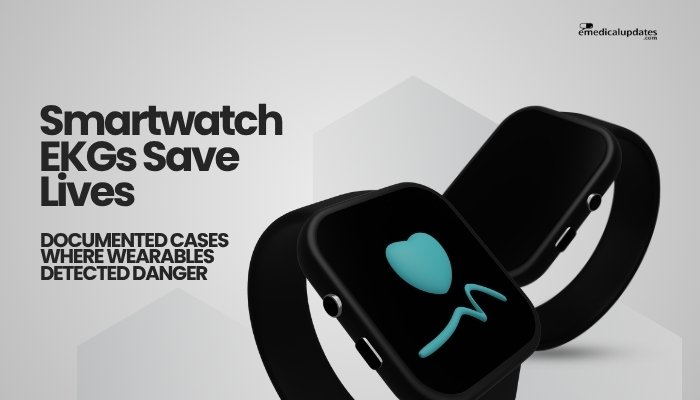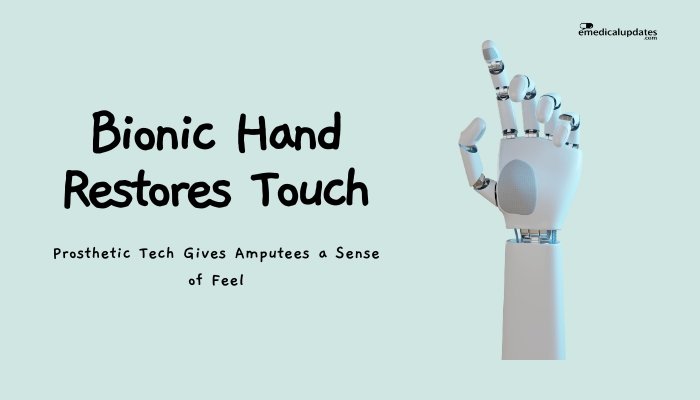Introduction
A crewed mission to Mars represents one of the greatest undertakings in human exploration. Beyond the technological challenges of propulsion and life support, astronauts must be prepared for medical issues that may arise during months or years of travel.
Cut off from resupply and real-time professional help, spacefarers must rely on robust onboard medical systems, advanced technology, and carefully honed protocols. In this article, we explore how NASA prepares to treat illnesses on long-duration missions, from advanced telemedicine and smart diagnostics to innovative medical devices designed specifically for microgravity.
Why Space Medicine on Mars Is So Challenging
Distance from Earth
- Communication Delays: Radio signals to Mars can take up to 20+ minutes each way, preventing real-time telemedicine from Earth-based doctors.
- No Immediate Evacuation: Unlike the International Space Station, which can return astronauts to Earth in hours, a Mars crew might be tens of millions of miles away.
Resource Scarcity
- Limited Supplies: Medical kits must be meticulously planned since restocking from Earth is impractical.
- Small Crew: A Mars mission might only have a few people. Each must be cross-trained in basic medical procedures or specialized tasks.
Microgravity and Radiation
- Physiological Changes: Bone loss, muscle atrophy, fluid shifts, and increased radiation exposure can exacerbate or create health concerns.
- Immune System Alterations: Studies show microgravity can weaken immunity and alter how pathogens behave.
Medical Screening and Preventive Measures
Rigorous Pre-Flight Testing
NASA’s first line of defense is selecting healthy astronauts with minimal risk factors:
- Comprehensive Exams: Cardiovascular, musculoskeletal, and psychological evaluations.
- Genetic and Family History: Checking for predispositions to chronic conditions or sudden illness.
Vaccinations and Prophylaxis
Astronauts receive recommended vaccines, ensuring minimal risk of infection. Some prophylactic medications (e.g., for motion sickness or infection) are administered or packed preemptively.
Onboard Medical Capabilities
The “Space Clinic” Model
Deep-space craft must contain autonomous medical kits including:
- Diagnostic Tools: Basic lab equipment, ultrasound, portable imaging.
- Critical Medications: Pain management, antibiotics, emergency treatments for allergic reactions, sedation, and more.
- Equipment for Minor Surgery: Sterile instruments, suture kits, defibrillators, etc., to handle trauma or acute conditions.
Crew Training
All crew members, not just flight surgeons, undergo intensive medical training to:
- Perform Basic Procedures: Suturing, administering IV fluids, applying bandages or splints.
- Use Automated Systems: Some devices provide step-by-step instructions or AI-driven guidance for novice users.
Advanced Technologies for Mars Medicine
Telemedicine and AI Diagnostics
Despite communication delays, NASA invests in:
- AI-Based Diagnostic Systems: Software analyzing symptoms or medical imaging, guiding treatment steps even with limited real-time Earth-based input.
- Delayed Telehealth: Specialists on Earth can still provide guidance, albeit with built-in time lags, especially for non-urgent concerns.
3D Printing Medical Supplies
3D printers aboard the spacecraft could produce:
- Custom Splints or Casts: On-demand manufacturing.
- Replacement Parts: For medical tools or customized implants if needed.
Portable Surgical Robot Concepts
Future missions might incorporate robotic-assisted surgery or advanced medical robotics that a remotely-located surgeon can operate (though time lag remains an obstacle). Onboard autonomy or semi-autonomous surgical robots could handle certain emergencies.
Research and Testing on the ISS
The International Space Station (ISS) serves as NASA’s microgravity lab to refine medical procedures:
- Remote Ultrasound: Astronauts on the ISS practice guided ultrasound scanning with Earth-based instructions.
- Bioprinting Tissues: Experimental 3D bioprinters test whether human tissue can be grown or repaired in orbit.
- Pharmacological Studies: Monitoring how medications degrade or behave in microgravity, ensuring reliable storage for longer missions.
Potential Health Risks Specific to Mars Missions
- Long-Duration Radiation Exposure: Mars voyages face cosmic rays. Enhanced shielding or medication (radioprotectors) might reduce cancer risk or acute radiation sickness.
- Psychological Stress: Isolation, limited contact with loved ones, and high-stakes environment can lead to depression or anxiety—medical interventions or tele-psychological support become crucial.
- Muscle and Bone Atrophy: Intensive exercise regimens and possible new therapies to preserve musculoskeletal integrity.
Frequently Asked Questions
- Do astronauts perform surgeries in space?
- Currently, no complex surgeries are standard. But NASA develops protocols for dealing with injuries or appendicitis in microgravity if required.
- Could a crew member be left behind if severely ill?
- The aim is to stabilize and treat onboard. “Leaving behind” is an extreme scenario NASA thoroughly tries to avoid with robust medical planning.
- How is an outbreak of infection handled on a small spacecraft?
- Quarantine procedures, air filtration, and personal protective measures reduce spread. A well-stocked pharmacy is essential.
- Will AI replace a flight surgeon?
- Not entirely. AI helps diagnosing or guiding procedures, but a medically trained astronaut or remote expert input remains vital for complex decision-making.
- Is gene therapy for radiation protection being explored?
- Some labs investigate gene-editing or protective compounds, though practical use in near-term missions is still uncertain.
Conclusion
Sending humans to Mars demands meticulous preparation for every possible health challenge. From carefully screening astronaut health to equipping spaceships with advanced medical gear, NASA leaves little to chance in preventing or managing illnesses during these long journeys. As technologies like AI-assisted diagnostics, 3D printing, and telemedicine mature, astronauts will increasingly have the tools to handle medical emergencies without immediate Earth support. Though challenges—like radiation exposure or mental strain—persist, the pursuit of robust in-flight medical solutions illustrates NASA’s commitment to safeguarding explorers on our next giant leap in interplanetary travel.
References
-
- NASA. (2023). “Human Research Program: Exploring Medical Solutions for Deep Space Missions.”
-
- Institute of Medicine. (2022). “Long-Duration Spaceflight Health Risks.”
-
- Cammarota M, et al. (2021). “Medical autonomy in spaceflight and telemedicine.” NPJ Microgravity.
-
- ESA. (2022). “Mars mission simulations and advanced medical kits.”







